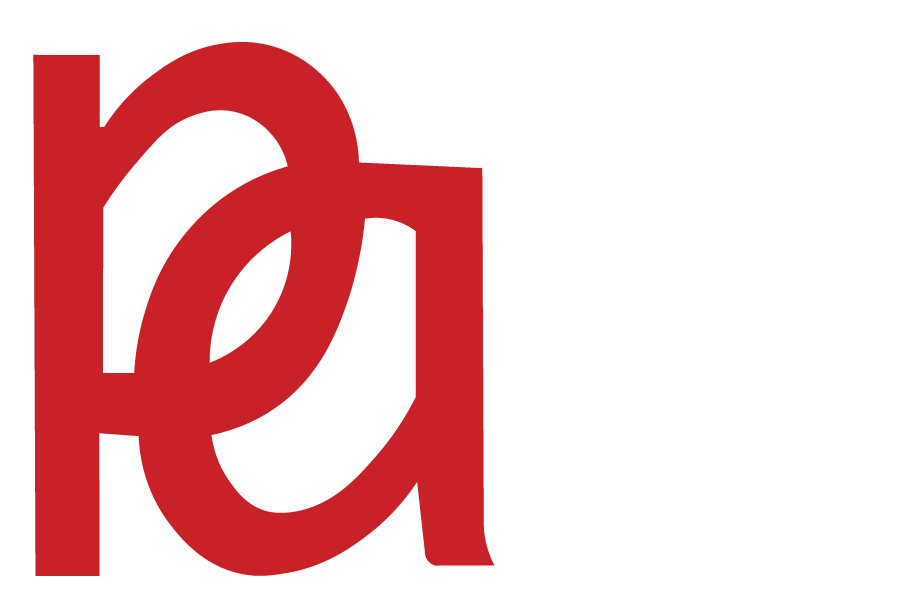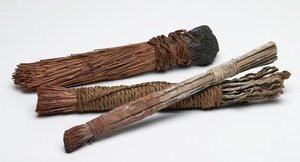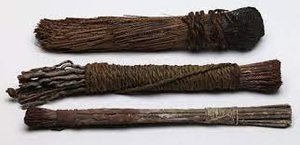History Of Paint Brushes
Painting has been a part of humanity since before the beginning of time. Sticks, split palm leaves, bones, and even wood shavings were utilized by our forefathers to express what was most important to them. Not more than a decade ago, a cave in France was discovered with paintings dating back at least 40,000 years, making it the largest artwork discovery in history. A documentary about these paintings was made by Werner Herzog, and it is understandably incredible.
The cave's artwork is fantastical yet unquestionably primitive. Motion and perspective weren't quite as evolved as they are now, and they were still using sticks if we're being honest. Our styles have a long history now, and our tools are more advanced. We don't usually paint murals with whalebones instead, we utilize the basic paintbrush, one of the most important aspects of painting. Nearly every advancement in painting has relied on the instruments needed to accomplish those jumps.
A Muddled History
The history of the paintbrush, like the history of painting, is a tangled one. We know that animal hair was once used to make paintbrushes. The best is still the greatest. For example, sable brushes are some of the best for watercolors, but the larger ones can only be manufactured after very severe winters in Siberia and Mongolia when a sable's tail grows particularly bushy. Up to the 18th century, other animal hair was commonly utilized, with each hair hand-glued to the handle. Brush makers were heavily controlled, unionized, and well-respected back then, with training spanning up to eight years. Although some brushes are still manufactured this way, machines have mainly replaced them. Artificial materials such as rayon and nylon have also been used in the materials.
The Era of Ancient Egyptians
The Ancient Egyptians utilized reeds with crushed ends, and their hieroglyphics typically portray people painting. Quills, on the other hand, were the preferred soft hair or bristle brush by the 15th century. These brushes could only be round, and they controlled the art world for centuries. But here's an interesting fact: brushes used to be constructed entirely of the bristle of hogs, pigs, and boars, all of which are known for their coarse hair.
Commencing the use of Metal Ferrules
The painting changed as brush makers began experimenting with materials throughout the industrial age, particularly metal ferrules. Because of the innovative manner to take up and lay down paint, the Impressionists used flat brushes. Jackson Pollack required brushes long enough for him to stand and paint when he started making his gigantic paintings. Pollack, like the great painters before him, relied on his own paintbrushes to take another step forward in his art.
Surprisingly, the most highly regarded paint brushes gradually migrated towards the East. Western Europe used to be the home of the best brushes, but as time went on, painters began to seek quality brushes from Russia. Chinese brushes became noted for their quality after the Russian Revolution, not only because of their manufacturing competence but also because of the number of pigs that still developed bristles. It appears that Western factory farming has harmed the brush-making sector in Europe more than originally imagined.
Painters nowadays employ brushes made of a variety of various materials, as they are no longer limited by technological advancement. In painting, a variety of application methods, such as different styles of brushes, spray paint, and body parts, are widely utilized. The modest paintbrush, on the other hand, has changed the way we paint and communicate. Paint has altered as well, but that is a topic for another day.


